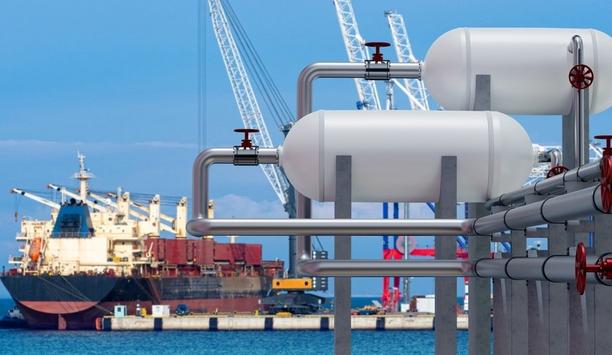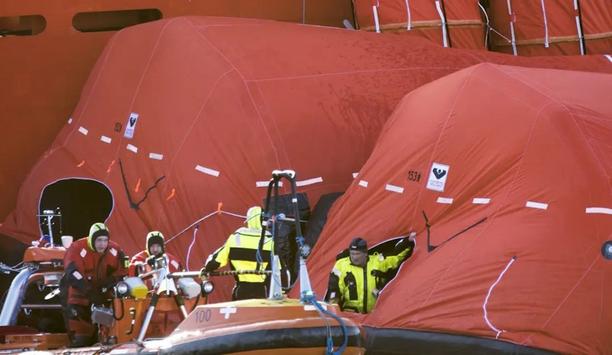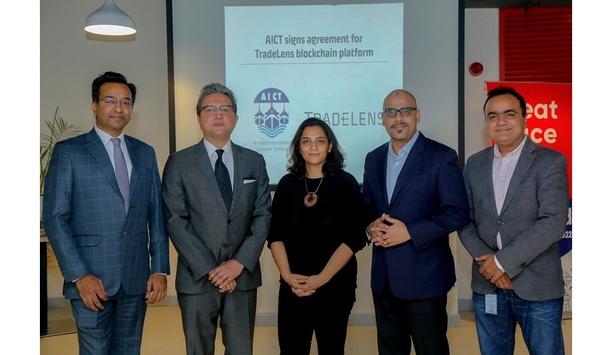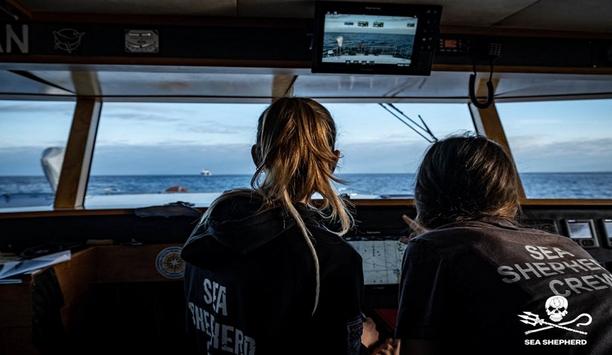In a category defined by speed-to-market, PUMA is always looking for ways to get their latest merchandise out to consumers more efficiently and cost-effectively.
This desire has driven them to the forefront of automation and transportation management, and very recently to partner with the TradeLens team to explore the benefits of enhanced visibility and event notification. Read on to learn what KPIs were smashed — and which ones will soon follow.
Challenge
Lack of notifications forced PUMA’s customs department to spend 2 hours checking the status of inbounded containers Like many athletes, PUMA’s great achievement came from overcoming great challenges. One of PUMA’s supply chain challenges was obtaining container release notifications from port terminals, particularly in their primary Port of Bremerhaven. The lack of notifications forced PUMA’s busy in-house customs department to spend upwards of 2 hours per day checking the status of inbounded containers by searching ocean carrier websites, sending email queries, and making phone calls.
If PUMA could just figure out a faster way to find out when each of its 200+ containers had been released in a timely fashion, the visibility benefits would be huge. The customs department would save time, and downstream partners like inland transportation providers and warehouses could use the information to plan more effectively.
Solution
This challenge was ripe for an automated solution. When PUMA reached out to their Key Account Manager, Mark Van Grinsven from A.P. Møller-Maersk, he led them to TradeLens, and the race for real-time terminal release notifications was on.
The first step involved going right to the source of the data and getting terminals onboard the TradeLens platform. The main terminal in the Port of Bremerhaven, where PUMA’s containers were received, was granted partner access. That enabled the terminal to publish container release events via API, securely and instantly on the TradeLens platform.
TradeLens then immediately sent an email notification to everyone in PUMA’s customs department. The whole process took a fraction of a second and informed the customs team in near real-time when the containers were discharged.
Adding more ecosystem
By adding more ecosystem partners, PUMA received notifications for 95% of its containers arriving at the port From PUMA’s perspective, this feat required only 3 hours of implementation. Behind the scenes, the capabilities of TradeLens were tested and tempered in new and exciting ways — ultimately leading to innovations that future ecosystems will benefit from.
Namely, it became clear after PUMA started receiving events, that the one terminal wasn’t enough and that they’d need to integrate more data from more parties, including a major 3PL with ties to all of Bremerhaven’s terminals. By onboarding more ecosystem partners, PUMA was able to receive notifications for 95% of its containers arriving at the port.
Benefit
For PUMA’s customs department, saving valuable time each day to learn when their containers have been discharged from the terminal has huge ramifications.
From a performance perspective, 100% of the Port of Bremerhaven’s terminals are contributing event data to the TradeLens platform. As a result, PUMA currently receives real-time notifications for 95% of the 200+ containers received into the Bremerhaven Port each week, with more to come.
The enhanced visibility promises to aid in resource planning and improve internal customer service. Proactive notifications from TradeLens reduce the risk of containers being overlooked and racking up detention and demurrage costs, too.
What’s next
Achieving real-time notification of container discharge from every terminal in Europe’s 4th largest port is a significant victory for PUMA — and it’s just the starting point of the journey to explore TradeLens and develop solutions jointly. Already, the team is looking into applying a similar notifications setup to PUMA’s US operations and beyond. The opportunities are major for improving visibility, enhancing existing control towers and leveraging analytics
PUMA’s customs department is just one of many future beneficiaries in a company their size. The opportunities are major for improving visibility, enhancing existing control towers and leveraging analytics throughout their international operations. When you multiply the applications in PUMA’s other departments and divisions around the world, the potential for a faster supply chain is, well, forever.
Tradelens features used
- Transport Insight
- Notifications
- API Integration
- Partner Access











